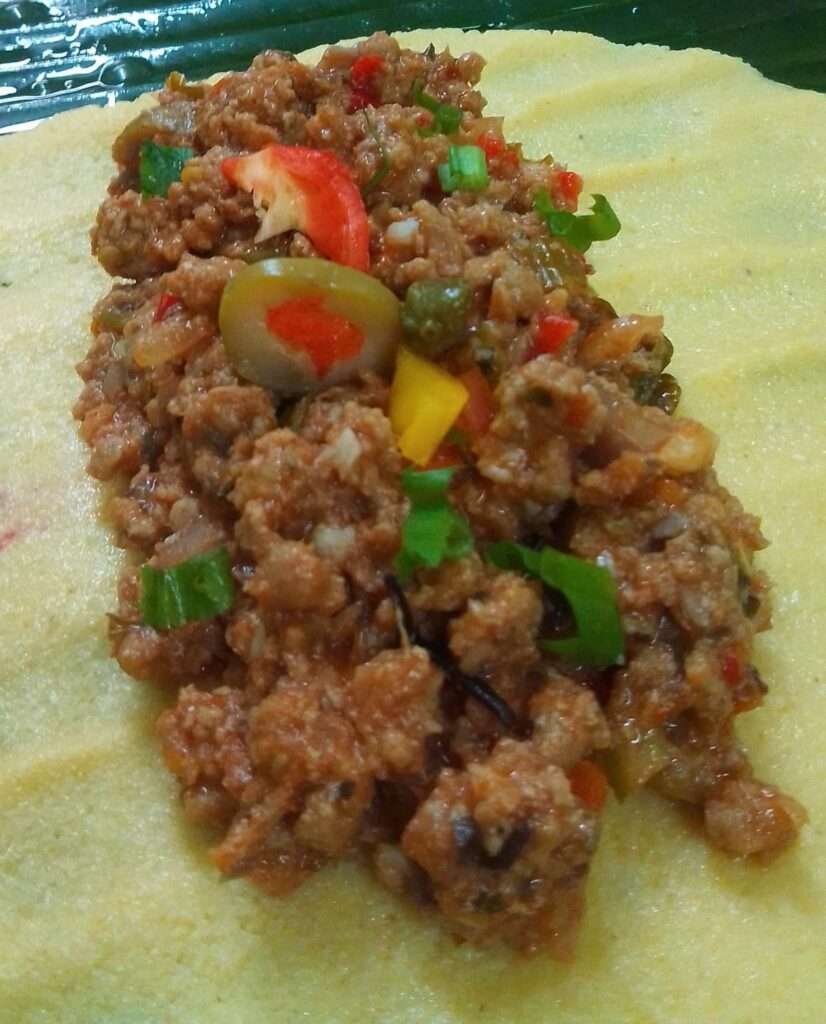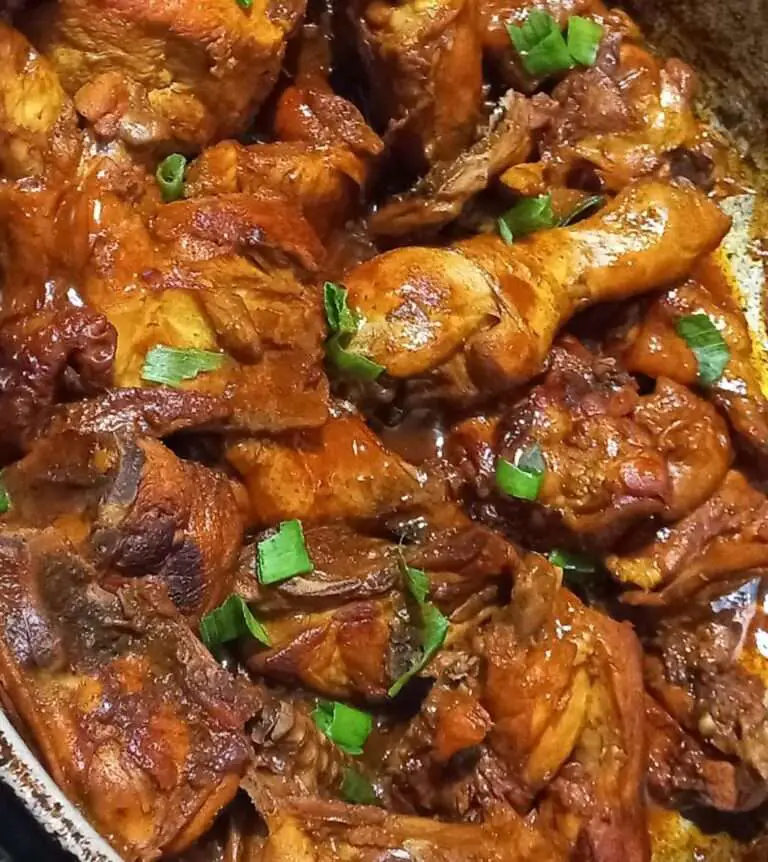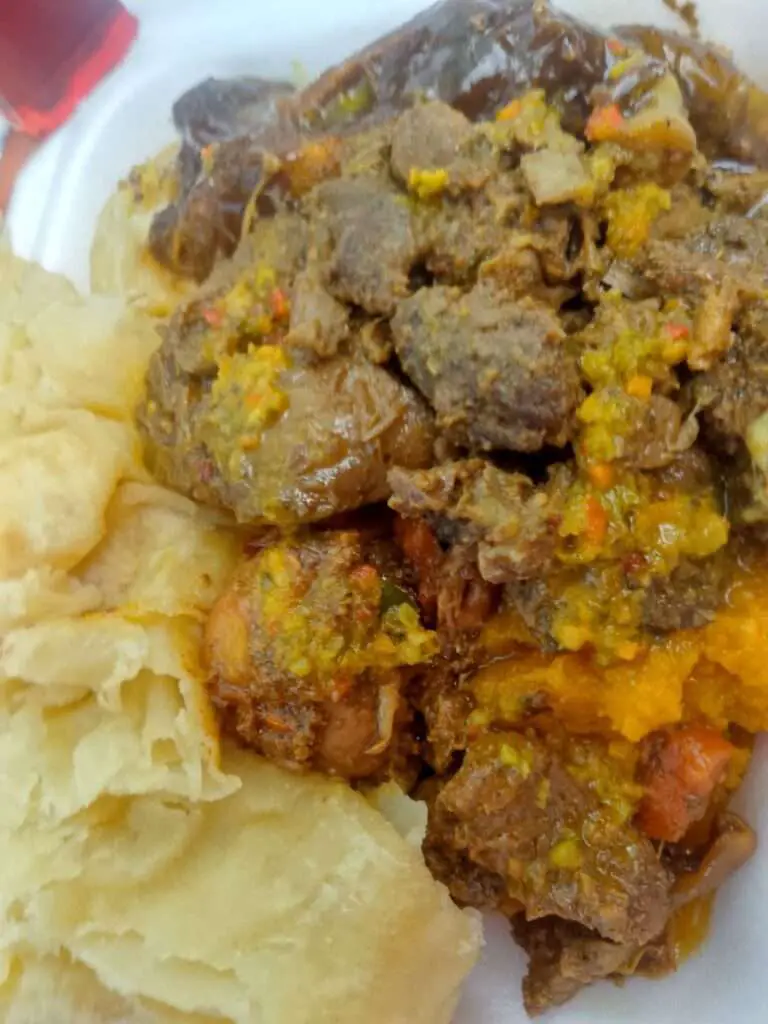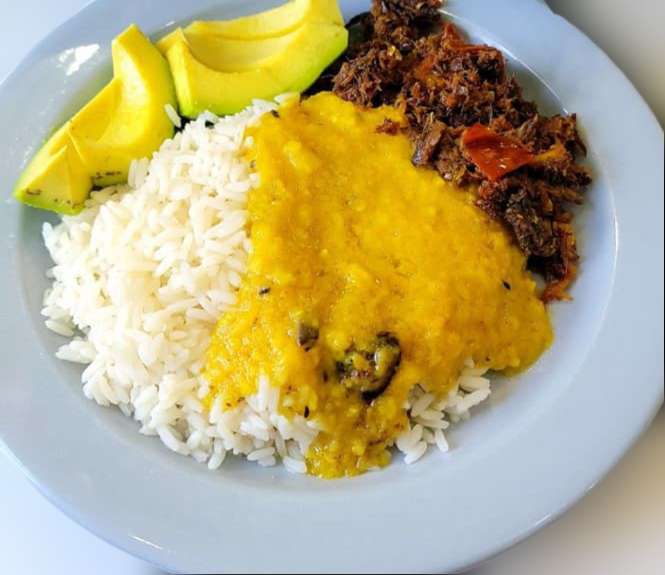Trinidad Pastelles Recipe- A Christmas Must-Have
There is no Trini Christmas without black cake, sorrel, ham, and of course, pastelles.
Every Trini knows that Christmas lunch isn’t complete without at least one or two pastelles on the side. Personally, I always make room for two pastelles—one beef and one chicken—right next to my ham and rice.
It’s a tradition that brings back memories of family gatherings, laughter, and the aroma of seasoned meats wrapped in cornmeal and banana leaves.
But what exactly are Trinidad pastelles, and what makes them so special?
What is a Trini Pastelle?
Trinidad pastelles are made with beef, chicken, or pork, although variations exist for vegetarians (which we’ll discuss later).
Pastelles are one of the best parts of the holiday season in Trinidad and Tobago, often enjoyed during Christmas time, but also at family gatherings and special occasions.
Making pastelles is a tradition, passed down from generation to generation. It’s said to be influenced by Spanish and indigenous cooking methods. The dish consists of a cornmeal dough, spread thinly on a piece of banana leaf, filled with a rich and flavorful meat mixture, wrapped, and then steamed.
Yellow Cornmeal vs. White Cornmeal: Which is Best?
When making the dough for pastelles, the type of cornmeal you use can make a difference. Traditional pastelles are usually made with yellow cornmeal, which gives the dish its signature golden hue and adds a slightly sweet, rich flavor.
On the other hand, some people prefer to use white cornmeal, which is finer and has a more neutral taste. While it doesn’t give the vibrant color of yellow cornmeal, it offers a smoother texture. It really comes down to personal preference. Yellow cornmeal tends to hold up a bit better during steaming, but white cornmeal works just as well if that’s what you have on hand.
If you’re making pastelles for the first time, I recommend sticking with yellow cornmeal to capture that authentic look and taste that many Trinis grew up with.
Banana Leaves vs. Foil: What’s the Better Wrapper?

One of the signature elements of pastelles is the banana leaf used to wrap the cornmeal and filling. Using banana leaves an earthy flavor that enhances the overall taste of the pastelle.
Before using the leaves, you must soften them by passing them over an open flame or dipping them briefly in hot water. This makes them pliable and easier to work with.
However, some people opt for aluminum foil as a more convenient wrapping option. While foil doesn’t contribute to the flavor, it’s easier to handle, especially if banana leaves are not readily available.
Is There a Vegetarian Version of Trini Pastelles?
Yes! While traditional pastelles have seasoned meat, there are delicious vegetarian versions that are just as popular.
The key to a good veggie pastelle lies in the filling. Popular fillings for vegetarian pastelles include seasoned soya.
The filling is still flavorful, using the same herbs and spices used in the meat versions, such as garlic, onions, thyme, and chadon beni (cilantro).
Some people also like to add raisins, capers, or olives for a little extra zing.
How to Store and Reheat Pastelles?
Pastelles are great for making ahead of time, which is a blessing during the busy Christmas season. After steaming, they can be stored in the fridge for up to a week or in the freezer for up to three months.
In the Fridge: Let the pastelles cool completely before storing them in an airtight container. They’ll stay fresh for about 5-7 days.
In the Freezer: Wrap each pastelle individually in plastic wrap or foil, then place them in a freezer-safe bag. They’ll last for several months this way.
When you’re ready to reheat them, it’s quite simple:
Reheating from the Fridge: Steam them for about 10-15 minutes or microwave for 2-3 minutes until heated through.
Reheating from the Freezer: If frozen, steam them for 20-25 minutes or microwave for 4-5 minutes. Make sure to cover them with a damp paper towel if using the microwave to prevent them from drying out.
Trinidad Pastelle Recipe
Ready to make your own pastelles at home? Here’s a simple recipe to get you started.
Ingredients:
- 2 cups yellow cornmeal
- 1 lb minced beef or chicken (or tofu for the vegetarian version)
- 1 small onion, finely chopped
- 3 cloves garlic, minced
- 1 tablespoon capers (optional)
- ¼ cup raisins (optional)
- ¼ cup olives, chopped (optional)
- 2 tablespoons chadon beni (culantro), chopped
- Salt and pepper to taste
- Banana leaves (or foil) for wrapping

Instructions:
Prepare the filling:
Heat a little oil in a pan and sauté the onions and garlic until fragrant.
Add the minced meat (or tofu/lentils for the vegetarian version) and cook until browned.
Add capers, raisins, olives, and chadon beni, seasoning with salt and pepper. Let the mixture simmer for about 10 minutes. Set aside.

Prepare the cornmeal dough:
In a pot, bring 2 cups of water to a simmer. Slowly add the yellow cornmeal, stirring constantly to avoid lumps. Add a pinch of salt. Cook until the mixture thickens into a soft dough.
Assemble the pastelles:
Cut the banana leaves into squares (about 12 inches each) and soften them over an open flame or in hot water.
Spread a small amount of the cornmeal dough onto the leaf, about ¼-inch thick.
Add a spoonful of the meat mixture in the center and fold the leaf over to enclose the filling. Secure with kitchen string if necessary.
Steam the pastelles:
Place the wrapped pastelles in a steamer and steam for about 30-40 minutes until the cornmeal is firm and the filling is heated through.
Serve and enjoy!
Serve your pastelles hot with a side of sorrel, ham, and other Christmas favorites.
Conclusion
Trinidad pastelles are much more than just food, they are a cherished part of our Christmas celebrations. So, when you’re preparing your Christmas menu this year, be sure to include pastelles.
Trinidad Pastelles Recipe- A Christmas Must-Have
Cuisine: Christmas Food, Trini FoodDifficulty: Medium10
servings45
minutes40
minutes300
kcalIngredients
2 cups yellow cornmeal
1 lb minced beef or chicken (or tofu for the vegetarian version)
1 small onion, finely chopped
3 cloves garlic, minced
1 tablespoon capers (optional)
¼ cup raisins (optional)
¼ cup olives, chopped (optional)
2 tablespoons chadon beni (culantro), chopped
Salt and pepper to taste
Banana leaves (or foil) for wrapping
Directions
- Prepare the filling:
Heat a little oil in a pan and sauté the onions and garlic until fragrant.
Add the minced meat (or tofu/lentils for the vegetarian version) and cook until browned.
Add capers, raisins, olives, and chadon beni, seasoning with salt and pepper. Let the mixture simmer for about 10 minutes. Set aside. - Prepare the cornmeal dough:
In a pot, bring 2 cups of water to a simmer. Slowly add the yellow cornmeal, stirring constantly to avoid lumps. Add a pinch of salt. Cook until the mixture thickens into a soft dough. - Assemble the pastelles:
Cut the banana leaves into squares (about 12 inches each) and soften them over an open flame or in hot water.
Spread a small amount of the cornmeal dough onto the leaf, about ¼-inch thick.
Add a spoonful of the meat mixture in the center and fold the leaf over to enclose the filling. Secure with kitchen string if necessary. - Steam the pastelles:
Place the wrapped pastelles in a steamer and steam for about 30-40 minutes until the cornmeal is firm and the filling is heated through. - Serve and enjoy!
Serve your pastelles hot with a side of sorrel, ham, and other Christmas favorites.
Notes
- Calories per Serving (1 pastelle): Approximately 250-300 calories, depending on the filling and extras like raisins, capers, and olives.








